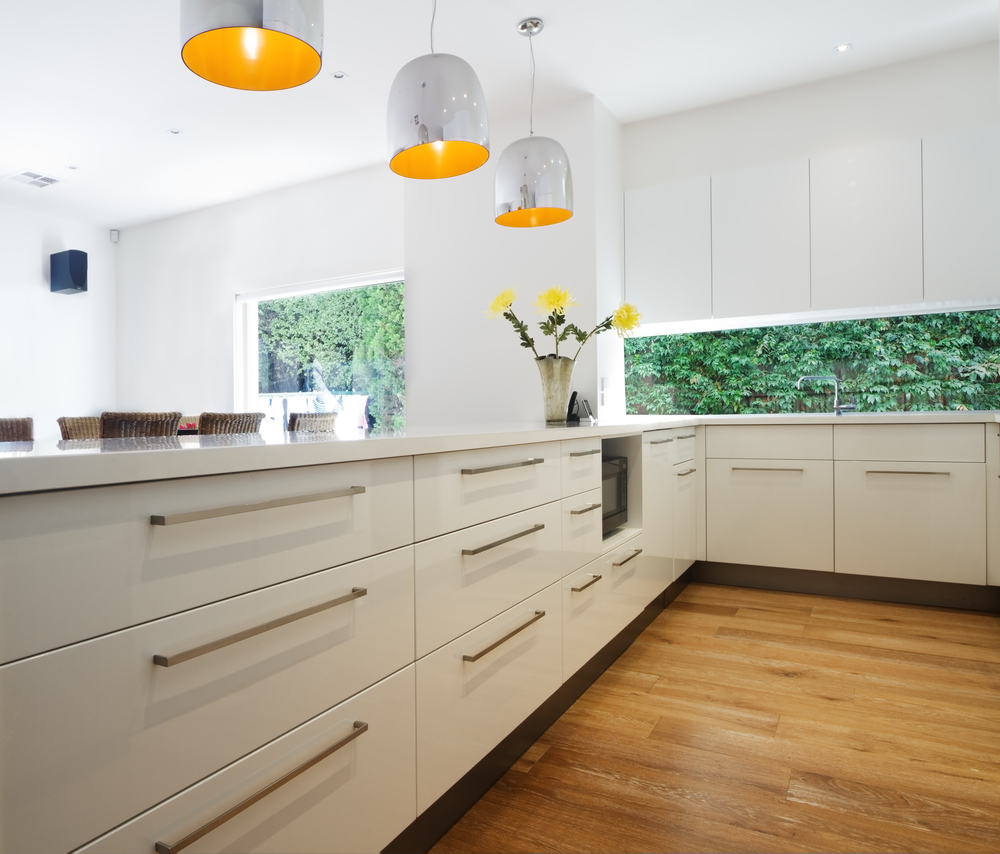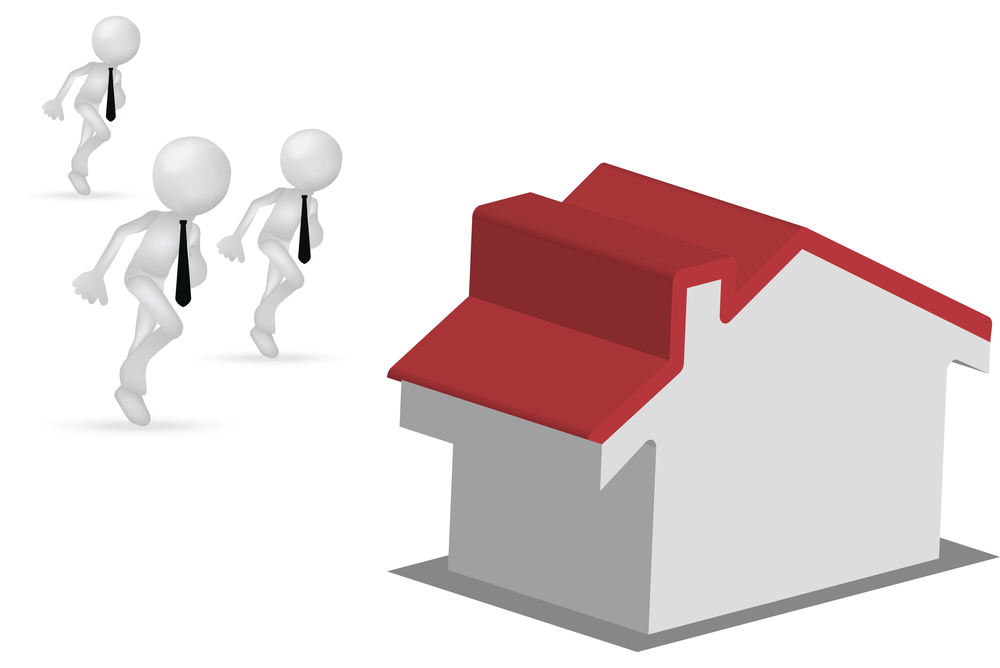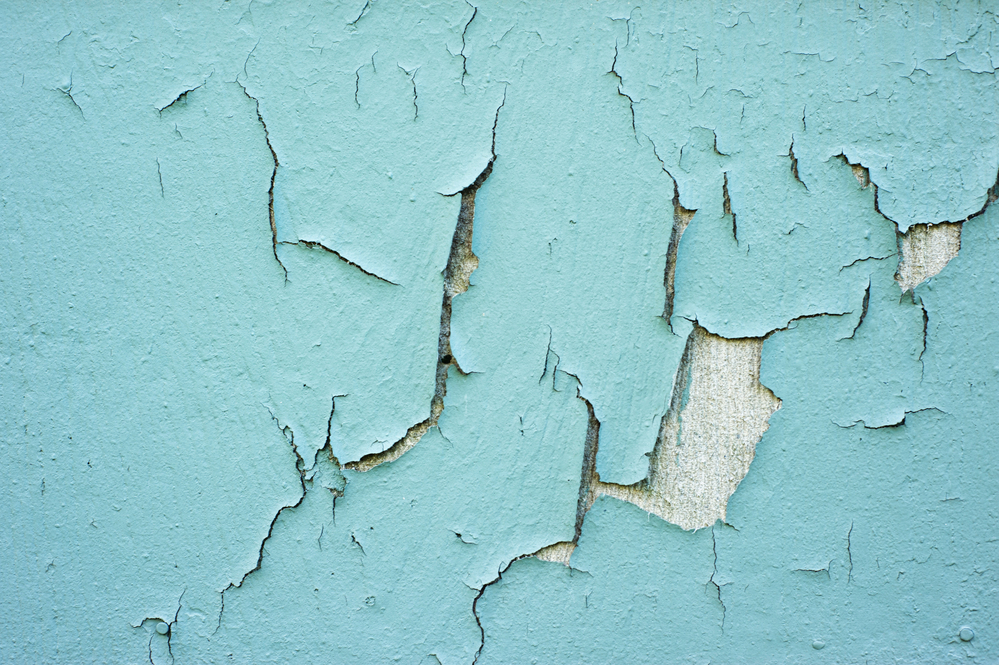Many property buyers think that if they are purchasing in an apartment building, they will not have to worry about any form of maintenance. In several cases, they also feel confident enough to buy an apartment off a plan instead of going to physically inspect it. Below are some reasons why it is crucial to not only inspect the apartment you are considering purchasing, but also the rest of the building that it is housed in.
Beware the Basement and Car Park Areas
When inspecting a building that you are considering purchasing an apartment in, it is crucial that you take the time to go down to basement and/or car park level (if applicable). This will enable you to see whether there are structural issues such as cement calcification, large cracks in foundations or roofing and leaks.
Many potential buyers may not be aware of the risks associated with cement calcification. However, in cases where water pipes for fire sprinkler systems, various forms of electrical wiring and cable trays have been installed along the top of the roof, cement calcification will cause metal piping to rust through. It can also cause serious damage to electrical wiring, especially if it has not been placed in conduit (check out Luke’s on the job video to learn more).
Over time, the deterioration of water pipes will result in fire sprinkler systems and other water supply pipes malfunctioning – which will be detrimental in the event of a fire occurring. In cases where vehicles park under calcification that is dripping down to ground level, it can cause tremendous damage to their paintwork as well.
Question the Body Corporate
Another crucial aspect to consider before purchasing an apartment is the body corporate. It is essential that you know who forms this association, how any repair and maintenance work is addressed when the need arises and how solvent the sinking fund is that covers maintenance and repair work.
When looking at an apartment in a shared block, always check the overall condition of the rest of the property as well. Would you need to be armed with a weed or brush cutter to get to the entrance of the building? Are there broken windows or other fixtures that look as though they have not been repaired or maintained in a while? Is paint peeling or blistering off interior or exterior walls? Does the building look as though it hasn’t been cleaned or maintained in a while?
All of the above mentioned scenarios could be red flags because it is usually a clear indication that little to no maintenance or upkeep is being performed. It’s essential you know what’s going on in the entire building as there’s nothing worse than buying an apartment only to find that the rest of the building is falling apart faster than it can be repaired!
If you would like to learn more about inspecting an apartment and the building it is housed in, get in contact with our experienced property inspectors today (and stay tuned for Part 2 of What to Look out for when Buying an Apartment next week).




